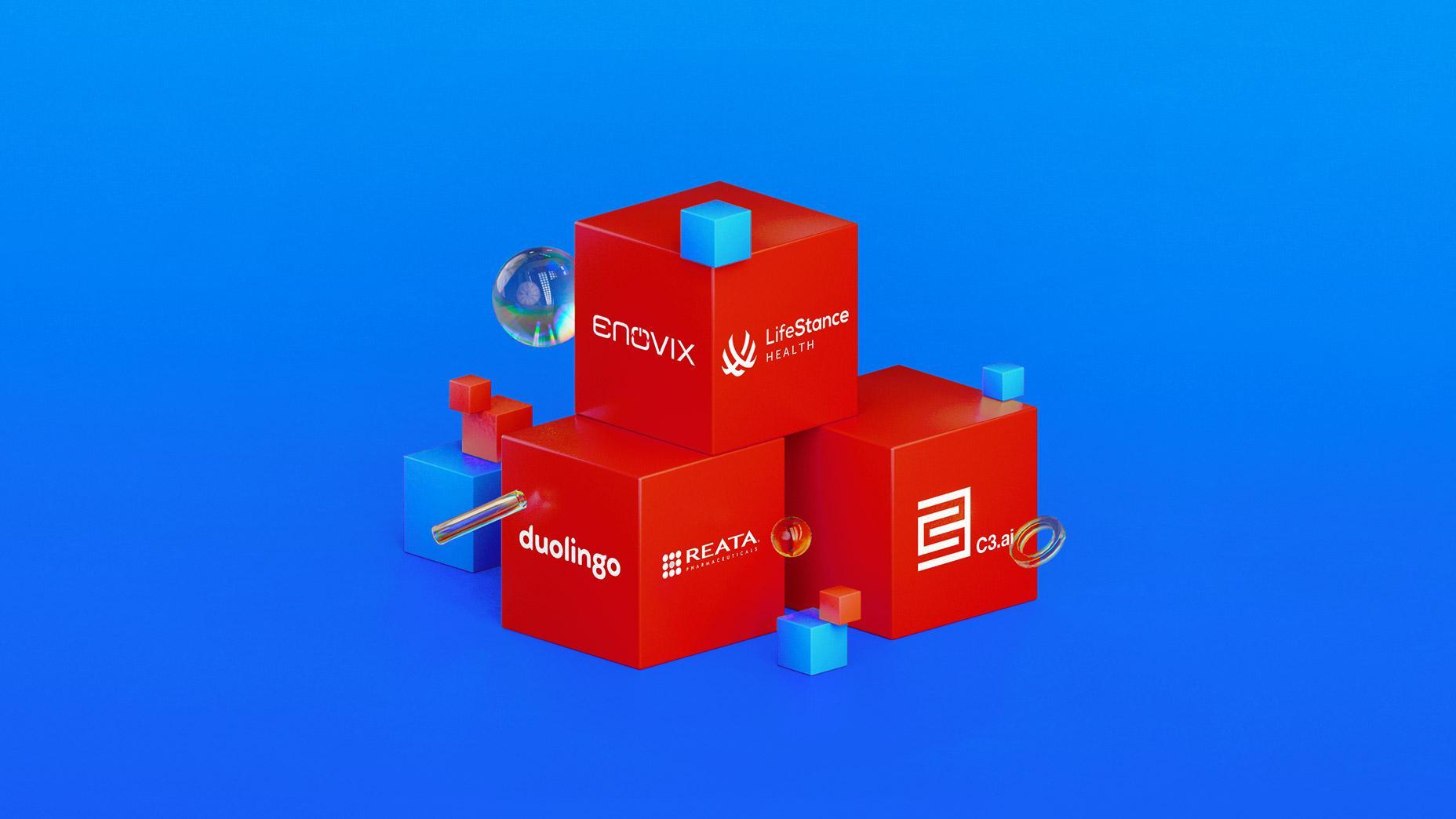Navigating Information Sources Without Succumbing to Market Hysteria
7 minutes for reading

In the era of the Internet and electronic media when information is available to anyone, it’s become easier to fall a victim to a pre-planned information attack. In this article, I want to tell you how to avoid this “doom” when analysing financial news.
When you’re overcome with market panic, you can take wrong investment decisions, which can lead to losses. From time to time, the news media misrepresent reality; however, even in these cases, we can eliminate the most unlikely pessimistic or optimistic scenarios. To be able to do this, we have to be well informed about the basic concepts of the nature and particular aspects of publicly available economic data.
Where should we start?
At first, we have to understand that ordinary people don't have and will never have personal data readily available to civil servants, simply because some of it is highly classified information. Therefore, we can only rely on public sources.
Economic data implies a set of indicators that display the national economy state or show any changes in all its components. When performing market analysis on our own, it is recommended to use only documentary information sources.
When hearing the news about the threat of the national currency devaluation, most laymen neither refer to the website of the country's Central Bank nor try to find the data on the key economic indicators. Only the official statistics, which are very difficult to falsify because of the globalisation processes, should be taken on trust. That's why an obvious negative trend is quite easy to identify.
Types of documentary sources:
- Primary: original numbers and readings for analysis, new scientific information
- Secondary: interpretation of primary documents
For example, a Central Bank may report on the consumer price index (primary data) and add some analytical comments to share its opinion about further developments (secondary data).
We would recommend our readers rely on primary data when assessing financial markets because any possible interpretation is subjective. If one lacks knowledge, it is better to take an industry-specific course. Now let's talk about types of primary documentary data.
Types and sources of information
There are numerous economic data classifications but we'll only talk about the most important ones. The data is divided into:
- Forecasts: short-, mid-, and long-term
- Planned: can be found in the economic calendar
- Accounting: financial reports, national statistics
If you're a beginner in analysing economic indicators, please use analytical reviews with caution because they are already distorted by the author's subjective perception. It's much better to work with primary data. Of course, in the very beginning, you might draw false conclusions but these will be your personal mistakes which you'll learn from. However, sometimes you should take the reviews of popular financial analysts into consideration to have a second opinion.
Leading sources of economic data:
- State administration bodies: reviews, established standards, analytical reports, and statistics
- Industry-specific news media: business magazines, newspapers, and TV programmes
- Public service media
- Financial institutions: financial reports, investment presentations
- "Think tanks": communities of analysts that sell subscriptions to their reviews
From the above-mentioned, the reliable sources are the official information from government bodies and financial reports published by incorporated and unincorporated businesses. These enable you to make up your mind without any subjective interference.
It's important to note that popular (mainstream) media might have an axe to grind when feeding information or are censored by an owner of a government. Even in economics, there is a trend idea, whereby some topics are considered more popular and important, meaning they can be changed around to achieve certain results.
When it comes to statistics and financial reports, the situation described above is rather unlikely. Of course, there are cases of data falsification, but these are rare because of the serious consequences involved.
Algorithm of economic data analysis
Having dug into the classification of data and sources, let's describe a short algorithm for analysis.
If the financial and economic news is all over the media, the following pieces of advice will help you avoid falling a victim to the market frenzy:
- Stop reading/listening to popular media, both nationwide and industry-specific. Their main purpose is to attract attention but not to help you make the right investment decision.
- Depending on the economic sector, rely solely on industry-specific government bodies and the companies that lead the sector. For example, in the case of Oil, there are reports from OPEC and oil/gas companies.
- Then compare the latest data with the historic ones. There is a high probability that the latest data is not unique and you will be able to see how things were in the past. It won't hurt to compare comments of the regulators' heads on the topic you're interested in over the last year. It will allow you to assess the real value of a newsworthy topic.
- Based on the received information, you can make an investment decision: join the crowd, or go against it. Needless to say, you should adhere to your risk management system.
If you stick to this simple algorithm, you can eliminate up to 90% of useless media bubbles.
Now it's time to draw some conclusions.
Closing thoughts
The increase in the availability of information has made analysing it more complicated and resulted in a rising number of rumours, assumptions, and fake news, with the economic data being no exception. This, in its turn, may push readers or listeners to wrong investment decisions, which might lead them to incur losses. To avoid this, it is recommended to perform an individual analysis of an economic newsworthy topic.
To do this, we should use primary data from government bodies and corporations and try to avoid any interpretations made by third parties. By using the above-mentioned algorithm, we can identify the most essential aspects and make a well-considered decision.
Kategorien
Aktuelle Beiträge
Discover How Warren Buffett Adjusted His Investment Holdings in the Second Quarter: New Additions and Complete Sell-Offs
The Public Offering of Justworks, Inc.: A Deep Dive into its Innovative Cloud-Based Accounting Management Platform and its Investment Appeal on 12 Jan...
Delve into the Forces Shaping the Gaming Industry: Insights on Engine Gaming, SciPlay, Sea, Roblox, and Electronic Arts.
Peloton Unveils Business Overhaul with Leadership Change and Cost-Cutting Strategy: Targeting Growth or Setting the Stage for Acquisition?
Weekly News Roundup: Salesforce, Okta, Chewy, and Crowdstrike Release Quarterly Results; Microsoft Reduces Quarterly Forecast - How Did Their Stocks R...






